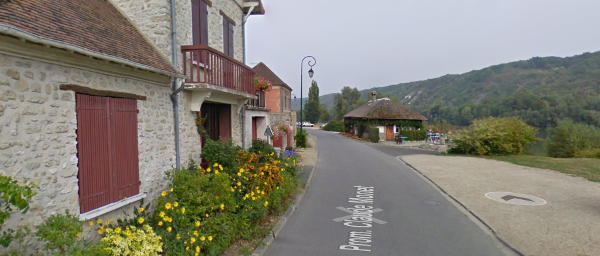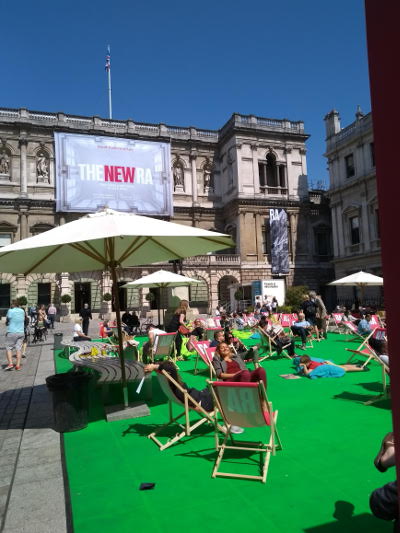
Good weather for a visit on Sunday to see the new Royal Academy, now the building work is almost complete and it's open to the world. This celebrates the 250th anniversary of its founding.
And what would Sir Joshua Reynolds, first President of the RA, think today? Especially when confronted with the display they have of some of the current student art work, let alone the dress code nowadays. Probably dumbfounded!
As part of the new displays, we are confonted with something quite horrific in many ways: a cast of a "real" crucifixion (made to "settle an artistic debate"). From the label :
Sculptor Thomas Banks RA and painters Benjamin West RA and Richard Cosway RA believed that most artists' depictions did not accurately demonstrate the effects of crucifixion. To prove their point, they obtained a corpse fresh from the gallows and nailed it to a cross while it was still warm. Once rigot mortis set in, a surgoen removed the skin and Banks made his plaster cast from the flayed body.
The RA has a web page about it. Quite amazing what you coud get away with back then. Below is a detail from a photograph I took. If you want to see all of it, see the web page. Not for the squeamish.
Below: Anatomical Crucifixion (detail), Thomas Banks, Plaster Cast, 1801
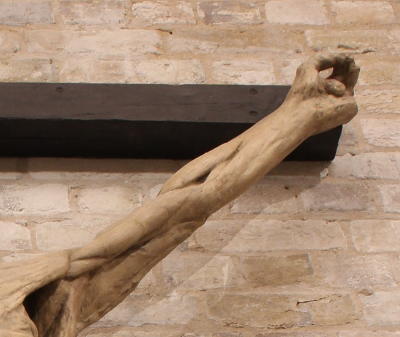
A less unsettling display is a copy of Leonardo's The Last Supper. A large oil painting, it is thought to be a copy by pupils of the master, painted about 1520. The original is extremely degraded now but this copy shows many details lost over time. The RA web page has the history.
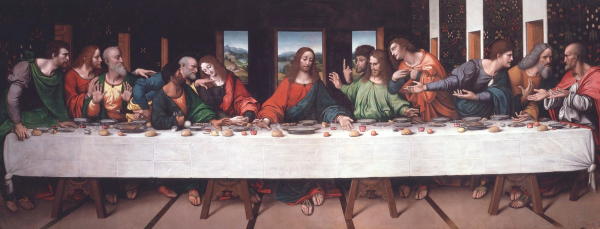
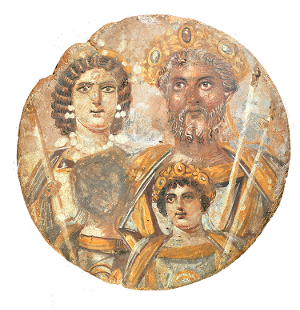
A very good article in History Today about the Language of the Roman Empire. The question being: what language did the Romans speak? The answer is quite complicated. It was not just Latin. Not only did the Italian peninsular contain many languages, such as Oscan, Umbrian, Etruscan and Greek, but as the empire expanded, we start seeing languages like Punic used. This was a language spoken by Rome's great enemy Carthage and and all over North Africa. Slaves would also bring in a great variety of languages and dialects. A fascinating and well written article by Katherine McDonald of Exeter University.
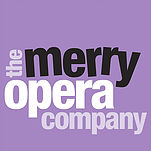
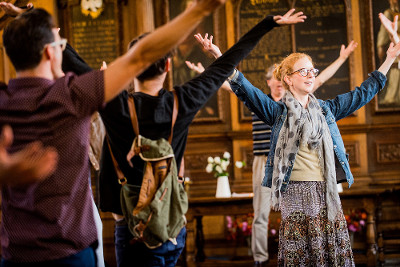
A couple of weeks ago, I went to St Peter and Paul Church in Swaffham, Norfolk, for a Sunday afternoon performance of Handel's Messiah by the Merry Opera Company. This was the first time I have heard it live.
The piece is "dramatised" to an extent, the actors play parts; no talking but movement and singing. Initially dressed normally, it only became clear who was in the show when they moved apart from the audience in the church nave and started to sing the parts. Swaffham's Anglican church was a beautiful stage for a wonderful and moving performance about Christ's birth, death and resurrection.
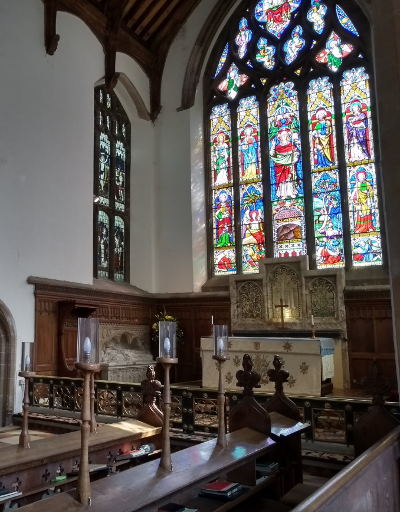
Right: The main Easterly window of the church.
The big stained glass window in front of us all really added to the atmosphere. Amazing voices from only twelve singers and the single organist. It moved me enough to bring a tear to my eye on a few occasions. Handel's music and song is a powerful and beautiful work of art. The singers and musicians did it full justice.
A second visit to Monet and Architecture at the weekend. I noticed a large interactive TV display in the National Gallery's entrance hall displaying a Monet site that Google have put together with the gallery. Not as good as a visit in real life, but very well done and worth a browse :
Below: The Promenade Claude Monet in Vétheuil. This is from Google's street view at the Monet Was Here site.
